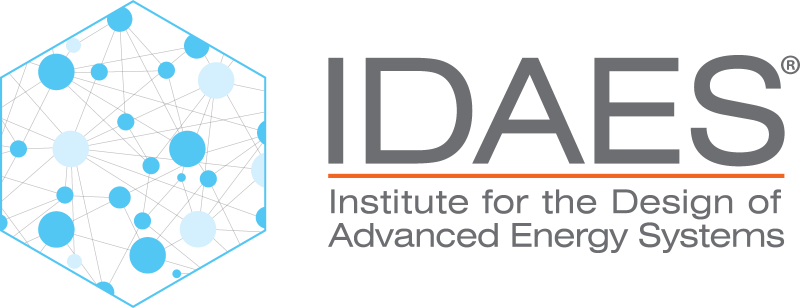State Definition#
Defining State Variables#
An important part of defining a set of property calculations is choosing the set of variables which will describe the state of the material. The set of state variables needs to include information on the extensive flow, composition and thermodynamic state of the material. However, there are many ways in which this information can be described, and the best choice of state variables depends on many factors.
Within the IDAES Generic Property Package Framework, the definition of state variables is done using sub-modules which create the necessary variables supporting information for the property package. A state definition sub-module may define any set of state variables the user feel appropriate, but must define the following components as either state variables or functions of the state variables:
temperature (must be a Pyomo Var)
pressure
mole_frac_phase_comp
phase_frac
The IDAES Generic Property Package Framework has a library of prebuilt state definition sub-modules for users to use which are listed below.
State Definition Libraries#
Setting Bounds on State Variables#
For optimization applications, it is important to specify a good initial guess and bounds on the state variables in order to improve the robustness of the problem. Further, due to the empirical nature of most thermophysical correlations these correlations are only valid in specific range of states. Users should set the state_bounds configuration argument to define the bounds on the state variables of their property package.
The state_bounds configuration argument should be a dict where the keys are the names of the state variables (using the standard naming convention) and the values should be a tuple with the form (lower, nominal, upper, units). The lower and upper values are used to set the lower and upper bounds respectively, whilst the nominal value is used to set the initial value for the state variable. The units value is optional, and is used to specify the units of measurement for the values provided, which will be used to automatically convert these values to the base set of units defined for the property package if required. If the units value is omitted, it is assumed that the values provided are in the base unit set for the property package.
Note
Some state definitions allow for setting on additional variables beyond the chosen state variables (temperature is a common example). See the documentation for your state definition for more information on what bounds can be set using the state_bounds argument.
Reference State#
Many thermophysical properties are relative quantities, and require the definition of a thermodynamic reference state. Whilst some simpler models and correlations forego this or define the reference state implicitly, the IDAES Generic Property Package requires the user to specify the thermodynamic reference state (even if it is not used explicitly).
As such, users must provide the following two configuration arguments:
pressure_ref - pressure at reference state
temperature_ref - temperature at reference state
